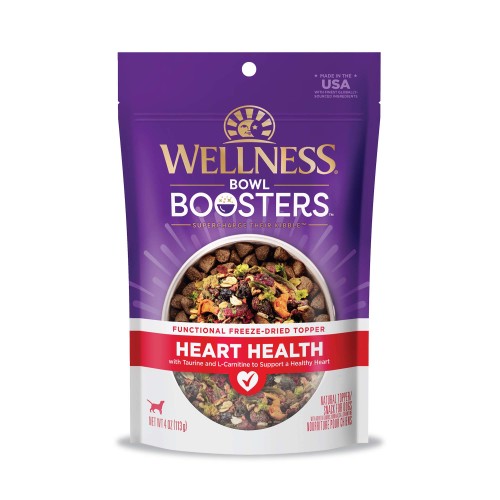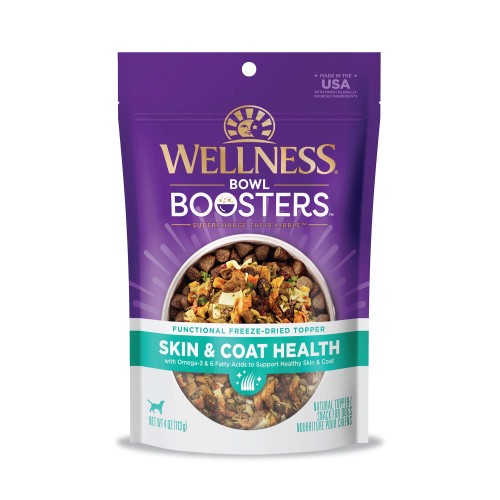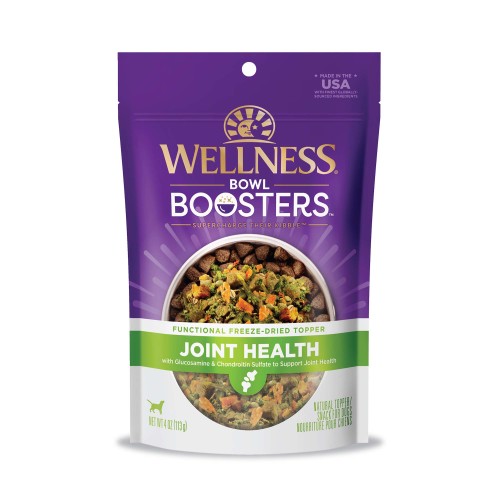March 15, 2024
Purr-fectly Lean: Unveiling the Benefits of Lean Body Mass and Wet Cat Food on Feline Heath
As devoted cat enthusiasts, we understand the importance of ensuring our feline companions not only enjoy their meals but also maintain optimal cat health. In this insightful exploration, we delve into lean body mass (LBM) and how wet cat food can help promote and sustain LBM in our beloved cats. From maintaining LBM to healthy weight loss for cats, read on to discover how wet cat food can be a key player in keeping your furry friends purr-fectly lean and thriving.
In cat breeds, LBM refers to the weight of the body, excluding fat. It includes muscles, organs, bones, and other non-fat tissues. Since most of the LBM (weight of bones, connective tissue, organs) will not change significantly, it is sometimes used to describe the amount of muscle a cat has. Just like in humans, understanding a cat’s LBM can be important for assessing overall health, monitoring weight changes, and evaluating nutritional status. Cats can experience muscle loss or gain due to various factors such as age, activity level, health conditions, and nutrition. Maintaining optimal cat health can help limit trips to the veterinarian.
We all want our pets to live as long as possible. LBM in cats is significant because it plays a role in their mobility, agility, and overall longevity. Research has demonstrated that for aging cats (over the age of 12), every 10 g increase in LBM resulted in a 2% increased survival rate.1-3 As animals age, they lose body mass; this is called “sarcopenia of aging,” and research has demonstrated that higher protein diets can help reduce the amount of LBM that is lost as pets age.2 In fact, research is also showing that older pets actually require higher protein levels than younger pets as they age.4
Cats can experience muscle loss when we try to get obese cats to lose weight with a traditional high-fiber, low-calorie diet without extra protein fortification. The cats on this low-calorie diet will lose weight, but they will also lose more LBM through this regimen. When cats are fed a high-protein, low-calorie food, they will lose more fat and less lean muscle, thus preserving LBM.1 Wet cat food can be beneficial in a weight loss nutrition plan for cats not only because they tend to be higher in protein (we will address this benefit later) but also because they tend to have a lower caloric density and help with feeling full faster because of the extra moisture they contain. This can add to their effectiveness in a healthy weight loss program for cats.
Cats, unlike dogs, typically develop type II diabetes (i.e. diabetes due to insulin resistance).5 Cats that develop diabetes are often overweight, and research has shown that for every 1 kg increase in body weight, there is a 30% decrease in insulin sensitivity.6 In the short to intermediate term, insulin therapy is necessary to help manage the disease. In the long term however, diabetic cats may achieve remission by weight loss (see above) utilizing a high protein, low carbohydrate diet. Excess body fat creates insulin resistance in other body tissue, whereas an increase in the percentage of LBM reduces insulin resistance in tissue and can potentially lower the insulin dose or, ideally, remission.7
While age, activity level, and health conditions play an important part in LBM, the most notable influence can be diet. Diet plays a crucial role in maintaining LBM in cats. Adequate nutrition is essential for overall health, and a well-balanced diet supports the development and maintenance of LBM. Cats are obligate carnivores, meaning they require a diet rich in animal-derived protein. Protein is vital for the development and maintenance of LBM and is required in higher amounts than previously thought.8-11 And while cats only need 1.5 g/kg body weight of protein to maintain a neutral protein (nitrogen) balance in the body, they require a staggering 5 g/kg body weight to maintain healthy LBM.8 So, how can you provide high levels of protein for your cat and support health LBM?
In general, you can feed a cat wet food as they tend to have a higher protein content than dry cat foods. This is because the manufacturing process of wet food allows for higher levels of animal-based proteins to be included in the product. Wet cat foods often contain a higher percentage of meat, poultry, or fish ingredients, which are rich sources of protein. The processing of wet cat food allows for them to be formulated with minimal to no carbohydrate sources, allowing for more room for packing in the protein. Wellness CORE has a variety of proteins and textures to find the perfect fit for your feline friend, built on the nutritional philosophy that cats thrive on a diet mainly comprised of meat.
Dry cat foods, on the other hand, contain more carbohydrates as they need to include grains or other carbohydrate sources for the kibble production. This is due to the process of making dry cat food involving extrusion, which limits the amount of animal-based proteins that can be included without compromising the texture and structure of the kibble. But what if you have a cat that just loves their kibble? You can still pack in the protein by finding kibbles that are higher in protein, like that found in Wellness CORE and Wellness CORE+. Supplementing with a tasty meat-packed topper with Wellness Bowl Boosters are both great options as well.
It’s important to note that the protein content can vary among different brands and formulations of cat food, so it’s always a good idea to check the nutritional information on the packaging. Additionally, the specific dietary needs of a cat can vary based on factors such as age, health condition, and activity level, so it’s advisable to consult with a veterinarian to determine the best diet for your individual cat.
- Laflamme, D.P., & Hannah, S.S. (2005). Increased dietary protein promotes fat loss and reduces loss of lean body mass during weight loss in cats. International Journal of Applied Research in Veterinary Medicine, 3(2), 62-68.
- Cupp, C. J., Kerr, W.W., Jean-Philippe, C., Patil, A. R., & Perez-Camargo, G. (2008). The role of nutritional interventions in the longevity and maintenance of long-term health in aging cats. International Journal of Applied Research in Veterinary Medicine, 6(2), 69-81.
- Cupp, C. J., & Kerr, W.W. (2010). Effect of diet and body composition on life span in aging cats. (2010). Nestlé Purina Companion Animal Nutrition Summit (36-42). Florida, USA.
- Laflamme D. Effect of diet on loss and preservation of lean body mass in aging dogs and cats. In: Proceedings of the Companion Animal Nutrition Summit; May 3–5, 2018; Charleston, SC. pp 41–6.
- Verbrugghe, Adronie, et al. “Nutritional modulation of insulin resistance in the true carnivorous cat: a review.” Critical reviews in food science and nutrition 52.2 (2012): 172-182.
- Clark, Melissa, and Margarethe Hoenig. “Feline comorbidities: Pathophysiology and management of the obese diabetic cat.” Journal of Feline Medicine and Surgery 23.7 (2021): 639-648.
- Hoenig, Margarethe, et al. “Insulin sensitivity, fat distribution, and adipocytokine response to different diets in lean and obese cats before and after weight loss.” American Journal of Physiology-Regulatory, Integrative and Comparative Physiology 292.1 (2007): R227-R234.
- Laflamme, D. P. (2013). Protein requirements of aging cats based on preservation of lean body mass. Proceedings of the 13th Annual AAVN Symposium, (17). Washington, USA.
- Laflamme, D. P., & Hannah, S. S. (2013). Discrepancy between use of lean body mass or nitrogen balance to determine protein requirements for adult cats. Journal of Feline Medicine and Surgery, 15(8), 691–697.
- Wannemacher, R.W., & McCoy, J.R. (1966). Determination of optimal dietary protein requirements of young and old dogs. Journal of Nutrition, 88(1), 66-74
- Perez-Camargo, G., Patil, A. R., & Cupp, C. J. (2004). Body composition changes in aging cats. Compendium on Continuing Education for the Practicing Veterinarian, 26(Suppl 2A), 71.





